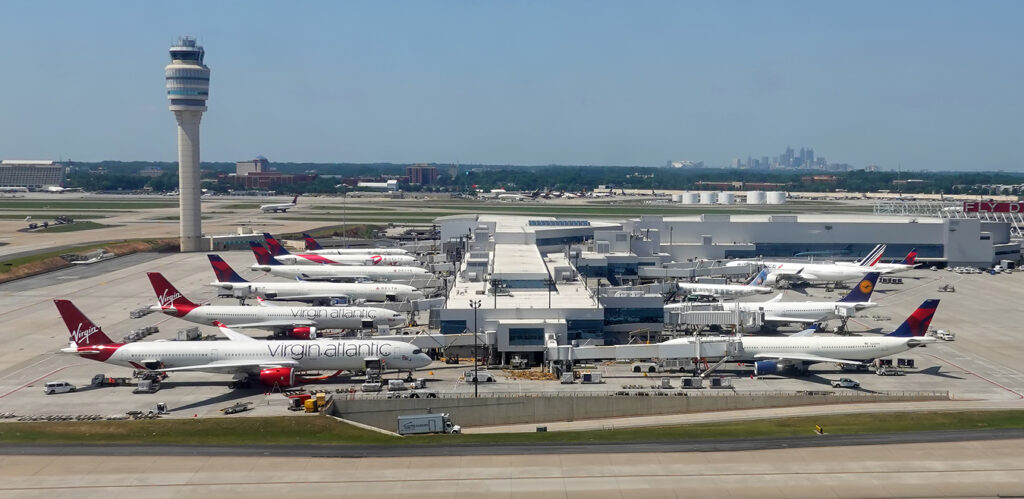Airports are complex entities that play a crucial role in global transportation and commerce. This article explores how airports operate, generate revenue, and manage the myriad of services they offer. We will delve into the financial, operational, and strategic aspects of the airport business to provide a detailed understanding of what makes an airport function efficiently and profitably.
1. Overview of Airport Operations
Airports are multifaceted operations involving numerous stakeholders, including airlines, passengers, government agencies, and service providers. The primary functions of an airport include:
- Passenger Processing: Managing passenger flow through ticketing, security, and boarding.
- Aircraft Operations: Coordinating aircraft takeoffs, landings, and ground services.
- Cargo Handling: Facilitating the movement of cargo and logistics operations.
- Safety and Security: Ensuring the safety and security of passengers, staff, and facilities.
2. Airport Ownership and Management Models
Airports can be owned and managed through various models, including:
- Government-Owned: Operated by government entities or public authorities. Common in many countries where airports are considered public infrastructure.
- Private Ownership: Owned and managed by private companies or consortia. This model is more common in developed countries and often involves public-private partnerships.
- Hybrid Models: A combination of public and private ownership and management, leveraging the strengths of both sectors.
3. Revenue Streams for Airports
Airports generate revenue through a variety of sources, which can be broadly categorized into aeronautical and non-aeronautical revenues:
Aeronautical Revenues:
- Landing Fees: Charges levied on airlines for landing aircraft at the airport.
- Passenger Fees: Fees charged per passenger, including security and facility charges.
- Parking Fees: Fees for aircraft parking and hangar services.
- Air Navigation Fees: Charges for air traffic control and navigation services.
Non-Aeronautical Revenues:
- Retail and Concessions: Revenue from shops, restaurants, and duty-free stores within the airport.
- Parking and Ground Transportation: Fees from parking facilities and ground transportation services.
- Real Estate: Income from leasing airport property for hotels, office spaces,
logistics centers, and other commercial uses.
- Advertising: Revenue from advertising spaces within the airport.
- Cargo Services: Fees from cargo handling and warehousing services.
4. Key Players in Airport Operations
Several key players contribute to the smooth functioning of an airport, including:
- Airport Operators: Entities responsible for the overall management and operation of the airport.
- Airlines: Companies providing air transport services for passengers and cargo.
- Ground Handling Companies: Firms providing services such as baggage handling, aircraft fueling, and maintenance.
- Retailers and Concessionaires: Businesses operating shops, restaurants, and other commercial services within the airport.
- Security Agencies: Organizations responsible for maintaining security and safety within the airport premises.
5. Airport Infrastructure and Facilities
Airports require extensive infrastructure to handle the various aspects of operations. Key components include:
- Runways and Taxiways: Essential for aircraft takeoffs, landings, and movements on the ground.
- Terminals: Buildings where passengers are processed, including check-in, security, boarding, and baggage claim areas.
- Control Towers: Facilities housing air traffic controllers who manage aircraft movements.
- Hangars and Maintenance Areas: Spaces for aircraft maintenance and storage.
- Cargo Facilities: Areas designated for cargo handling and storage.
6. Challenges in Airport Management
Managing an airport involves addressing several challenges, such as:
- Capacity Management: Ensuring the airport can handle passenger and aircraft traffic efficiently, especially during peak times.
- Security: Maintaining high security standards to protect against threats while ensuring smooth operations.
- Environmental Impact: Managing noise, air pollution, and other environmental impacts associated with airport operations.
- Technological Advancements: Adopting new technologies for improved efficiency, safety, and passenger experience.
7. Case Studies: Successful Airport Operations
Heathrow Airport (London, UK):
- One of the busiest airports in the world, known for its extensive passenger and cargo operations.
- Revenue primarily from passenger charges, retail, and real estate.
- Continuous investment in infrastructure and technology to enhance capacity and efficiency.
Changi Airport (Singapore):
- Renowned for its exceptional passenger experience and innovative facilities.
- Significant revenue from retail, food and beverage, and entertainment options within the airport.
- Focus on integrating advanced technologies to streamline operations and improve passenger satisfaction.
Dubai International Airport (UAE):
- Major global hub for passenger and cargo traffic.
- Revenue driven by passenger fees, retail, and cargo services.
- Strategic location and state-of-the-art facilities attract numerous international airlines.
Conclusion
Understanding how airports operate and generate revenue provides valuable insights into one of the most critical sectors in global transportation. Airports are intricate businesses that require efficient management, strategic planning, and continuous investment in infrastructure and technology. By exploring the various facets of airport operations, we gain a deeper appreciation of the complexity and significance of these vital transportation hubs.
















